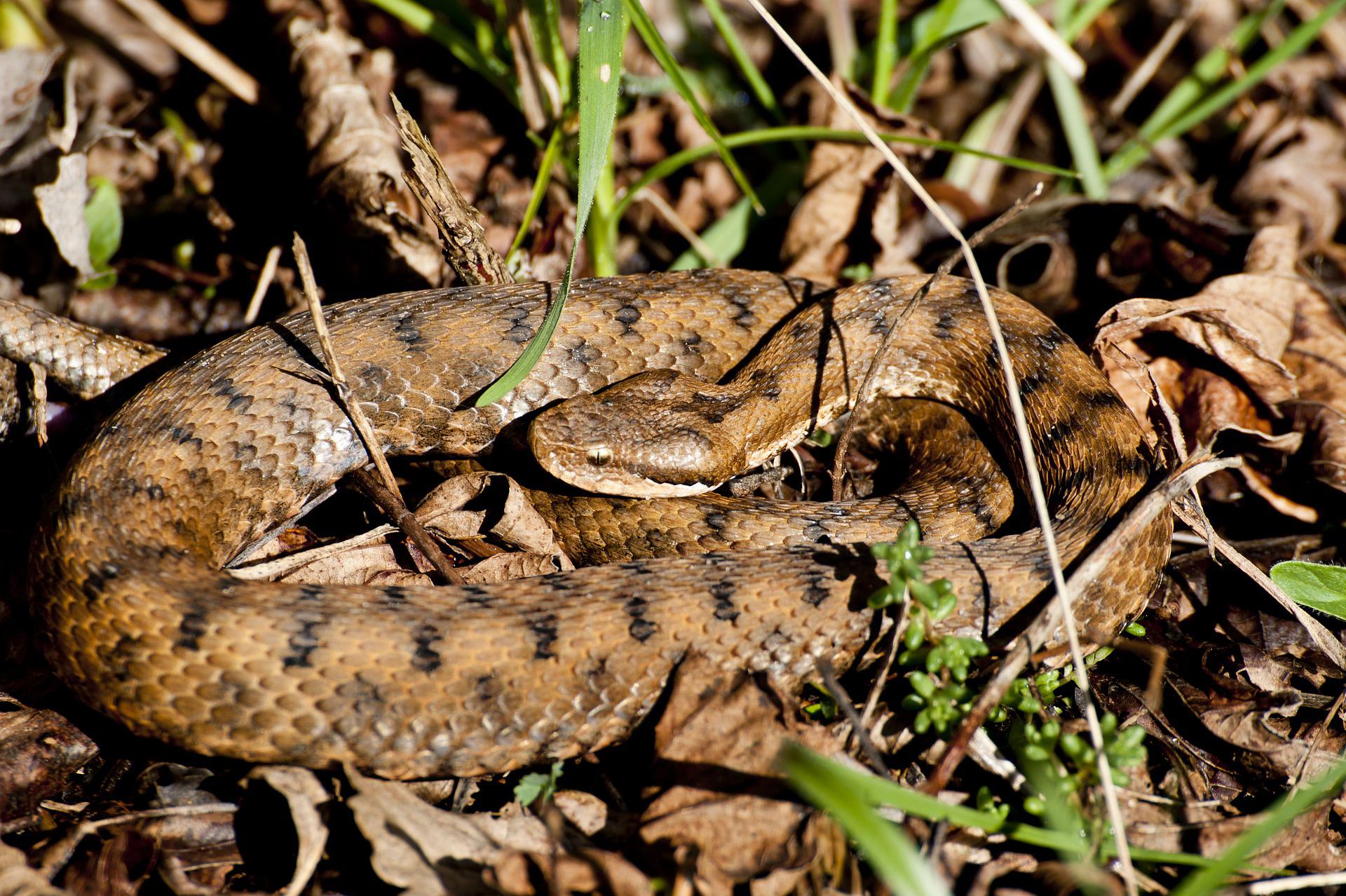
...somewhere near Tapauá, State of Amazonas, Brazil, 5°28'39.3"S+65°57'01.3"W
- Amazon Rainforest -
Welcome to the jungle!
Listen to the sounds of the cicadas (and much more)...
Famously known as the “lungs of the world”, rainforests provide about twenty percent of the world’s oxygen. They also absorb a huge part of man-made carbon dioxide emissions, which is why they are ever so important for our climate. In terms of weather, jungles are lush and warm all year long. The average temperature ranges from 70 to 85°F without much change between day and night. This is because rainforests are generally located between 30°N and 30°S latitudes and are therefore close to the equator. As the name suggests, the amount of rainfall in rainforests is pretty high, with up to 400 inches per year.
Let’s dive into some basic tips you need to know for surviving in the jungle.
... unless you know for sure that they are not poisonous. Although there might be trees and bushes with fruit that look perfectly innoxious, eating them would be reckless:
More than 60,000 species of plants grow in the Amazon jungle, and many of them are harmful to the human body - some can even kill you on the spot.
Therefore - and this might be hard to believe - plants pose one of the greatest dangers for humans in the jungle.
.jpg)
Despite looking innocent, the Manchineel (Hippomane Mancinella) is one of the most poisonous plants in the world.
It contains white latex which is extremely dangerous to the human body if ingested. Even touching the plant is harmful:
When the latex hits your skin, it’s possible to break out in blisters, similar to a bad burn.
There have even been reports of people falling victim to this tree just while standing under it in the rain.
When rain falls through the canopy of Manchineel, it’s possible a small amount of latex finds its way into the water.
Down below, you will learn how to find out which plants are edible in a rainforest, and which ones you should rather not touch at all.
Mosquitoes and other parasites are known to spread dangerous diseases. For example, they can infect you with malaria, dengue fever, yellow fever, or the West Nile virus, all of which are seriously painful, and in most cases deadly. To protect yourself from getting bitten, wear long-sleeved shirts and pants, and rub mud on any exposed skin. You can also tie a shirt over your head and let it cascade down over your shoulders for additional protection. If, at any point, you take off some of our clothes, check them for spiders and other insects before putting them back on.
Falling trees or branches are one of the most common reasons for injuries in the jungle, so pay attention to your surroundings and choose a clearing in the woods for a resting place. This will also make it easier for rescuers to find you.
Danger lurks in the water not only in the form of slippery rocks and strong currents, but also in the form of animals - from small to big: Leeches, frogs, snakes and carnivorous fish like piranhas can be seriously threatening, but there are also larger animals like crocodiles and caimans. Some large species are capable of devouring small children. Therefore, it is best to completely stay out of water if possible. If you do have to cross a river or stream, make sure not to go further in than knee-deep.
From mammals like jaguars, cougars and even wild boars to caimans, snakes and spiders - wildlife can be extremely dangerous in the rainforest.
When feeling threatened, those animals can attack and seriously harm humans.
When exploring the jungle area, try not to make any loud sounds, and walk as carefully as you can in order to avoid an encounter with any predator.
Especially snakes are often very difficult to see because of their camouflage color.
Due to the dense vegetation, you won't get very far by running, so your best self-defense option is to search for a strong stick and, if possible, carve the tip into a spear.

There are countless food sources in rainforests, such as mangoes and bananas, wild yams, coconuts, sugarcane, figs, papaya or the taro root. However, as we've learned, there are also lots of dangerous plants that can do serious harm to the human body. Unless you have a guidebook on rainforest plants, it's pretty hard to figure out which plants are edible and which ones are poisonous. However, there are some simple guidelines you can stick to.
First of all, you should consider the looks and also the color of the plant's fruit. Plants with thorns, shiny leaves, umbrella-shaped flowers, or milky and discolored sap are not to be trusted. Also avoid plants with white or yellow berries. They are most likely harmful.
Secondly, better not eat any mushrooms. Although there are some edible varieties, many mushrooms are highly toxic or deadly, so if you're not sure which ones are safe, it's definitely not worth the risk.
Lastly, always watch out for strange taste and smell. Anything that tastes bitter or soapy is most likely not good for your body. You should also avoid plants with an almond smell.

The universal edibility test is an easy method to find out if a plant is edible or not. It works in four steps: Separate, Contact, Cook, and Taste.
Separate: Sometimes, only some parts of a plant are edible, and others are not. Therefore, separate the plant you are testing into five basic parts: Leaves, roots, stems, buds, and flowers or fruit.
Contact: If it's not good for your skin, it's not good for your stomach, either. Crush one of the plant parts, rub it on the inside of your wrist or elbow for 15 minutes and watch for reactions. A burning sensation, redness, welts and bumps are all bad signs. If you don't have a reaction after a maximum of eight hours, you should be safe to move on to the next step.
Cook: Some plants only become edible after they're boiled, so as a next step, you should also try to cook the plant that you're testing. After you're done, hold it to your lip for three minutes. If you feel any kind of burning or tingling sensation, remove the piece from your lip and start over with a new part.
Taste: Finally, put the cooked part of the plant in your mouth and hold it on your tongue for another 15 minutes. If you notice anything unusual, whether it's a strange taste or a reaction like a burning feeling in your mouth, spit it out and wash your mouth with water.
Hunting for meat in the jungle is possible, but it's very difficult and can be dangerous. Techniques like stalking and spearing, using a sling or a homemade blow gun are passed down for generations in native tribes and are very difficult to master. They'd likely just lead to wasted energy and no food. Fishing is a much more comfortable and promising option, and the Amazon River is home to more than twice the number of fish species than the Atlantic Ocean.
Unless you have a survival kit with proper fishing gear, spear fishing is the most effective method. Bamboo sticks make great spears, and there is plenty of bamboo in most jungles. Find a piece of bamboo that is at least six to eight feet long and make two intersecting crosscuts at one end about six inches deep, thus creating four prongs. Separate the prongs by sticking vine into the spaces between, and then sharpen them with a knife or sharp rock.
The best position for catching fish is to stand on a rock by or in the river. If you can't find one, wade into the water, but not further than knee-deep. Try to move as little as possible to avoid scaring away the fish. Hold your spear with both hands, with the sharp end only a couple of inches from the surface, so you can strike fast when you see your prey. As soon as you see a fish, stand still and wait for it to swim close to you. Once it's within rage, thrust your spear forcefully into the water and try to pin the fish to the ground.

Although eating the fish raw is a possibility, you might want to cook it to improve the taste.
Heat a couple of medium-sized rocks in the fire for some time. Meanwhile, dig a hole in the dirt, around one foot deep and two feet across. Carefully move the hot rocks into the hole, using a tree branch. Wrap your fish several times over in large, non-toxic green leaves and tie it off with vine. Banana tree leaves are large and safe to use. Sit the wrapped fish on top of the rocks and cover it all with dirt. After about an hour, dig up the fish and enjoy your cooked meal.
... Alright, that was it!
Where do you want to go next?

